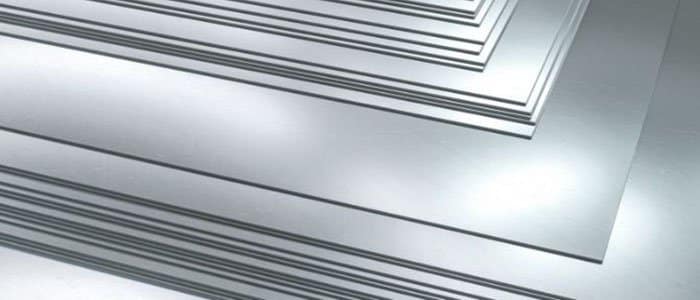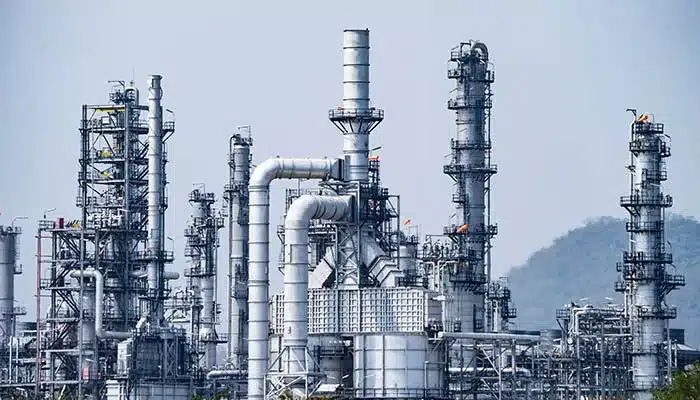Carbon steel stands as one of the most versatile and widely used materials in modern industry. Its strength, durability, and affordability make it a cornerstone material for countless applications across various sectors. Understanding the different types of carbon steel and their specific uses can help engineers, manufacturers, and fabricators select the right material for their projects.
What is Carbon Steel?
Carbon steel is a steel alloy primarily composed of iron and carbon, with carbon content typically ranging from 0.05% to 2.0% by weight. Unlike other steel varieties, carbon steel contains minimal additional alloying elements, making it more straightforward in composition but highly adaptable through varying carbon content levels.
The properties of carbon steel change significantly based on its carbon content, which is why it’s categorized into four main types. Each type offers distinct characteristics that make it suitable for specific applications.
Low Carbon Steel (Mild Steel)
Low carbon steel, commonly known as mild steel, contains approximately 0.05% to 0.30% carbon. This minimal carbon content gives it several advantageous properties:
- Excellent ductility and malleability
- Good weldability
- Lower cost compared to higher carbon steels
- Moderate tensile strength
Applications of Low Carbon Steel
Low carbon steel’s formability makes it ideal for applications requiring extensive shaping or forming:
- Automotive body panels: Its malleability allows for complex shapes without compromising structural integrity.
- Structural beams and columns: Used in construction for its balance of strength and flexibility.
- Pipes and tubing: Water pipes, structural tubing, and fencing materials often utilize mild steel.
- Cooking utensils: Pots, pans, and other kitchenware benefit from its heat conductivity and formability.
- Nuts, bolts, and fasteners: The material’s machinability makes it perfect for producing these components.
Medium Carbon Steel
Medium carbon steel contains between 0.31% and 0.60% carbon, striking a balance between the ductility of low carbon steel and the strength of high carbon steel. It offers:
- Improved hardness and strength compared to mild steel
- Good wear resistance
- Moderate machinability
- Reasonable weldability (with preheating)
Applications of Medium Carbon Steel
The enhanced strength of medium carbon steel makes it suitable for more demanding applications:
- Railway tracks and wheels: Its durability and resistance to deformation under heavy loads are essential.
- Gears and shafts: Machinery components requiring strength and moderate toughness.
- Crankshafts and connecting rods: Automotive engine parts benefit from its fatigue resistance.
- Axles and torsion bars: Vehicle suspension systems rely on its strength and elasticity.
- Agricultural equipment: Machinery components that must withstand heavy use in harsh conditions.
High Carbon Steel
High carbon steel contains between 0.61% and 1.50% carbon, significantly increasing its hardness and strength but reducing its ductility. Key characteristics include:
- Exceptional hardness and wear resistance
- High tensile strength
- Reduced weldability
- Lower impact resistance compared to lower carbon steels
Applications of High Carbon Steel
The hardness of high carbon steel makes it ideal for cutting and wear applications:
- Cutting tools: Knives, drill bits, and saw blades benefit from its ability to hold a sharp edge.
- Springs: Its high yield strength makes it perfect for automotive suspension springs and industrial springs.
- Wear-resistant plates: Used in mining equipment and machinery that experiences constant abrasion.
- High-strength wires: Piano strings and suspension bridge cables utilize its tensile strength.
- Hand tools: Hammers, chisels, and files take advantage of its durability and edge retention.
Ultra-High Carbon Steel
Ultra-high carbon steel contains between 1.50% and 2.0% carbon, representing the extreme end of the carbon steel spectrum. It offers:
- Maximum hardness achievable in carbon steels
- Exceptional wear resistance
- Extreme brittleness
- Very limited weldability and formability
Applications of Ultra-High Carbon Steel
Due to its specialized properties, ultra-high carbon steel has niche applications:
- Specialized cutting tools: Industrial cutting blades that require maximum hardness.
- Punches and dies: Metal forming tools that must withstand extreme pressures.
- Knives and blades: High-end kitchen knives and specialty blades requiring exceptional edge retention.
- Needles and bearings: Precision components where hardness is paramount.
- Reinforcing bars: In specialized concrete applications requiring maximum strength.




